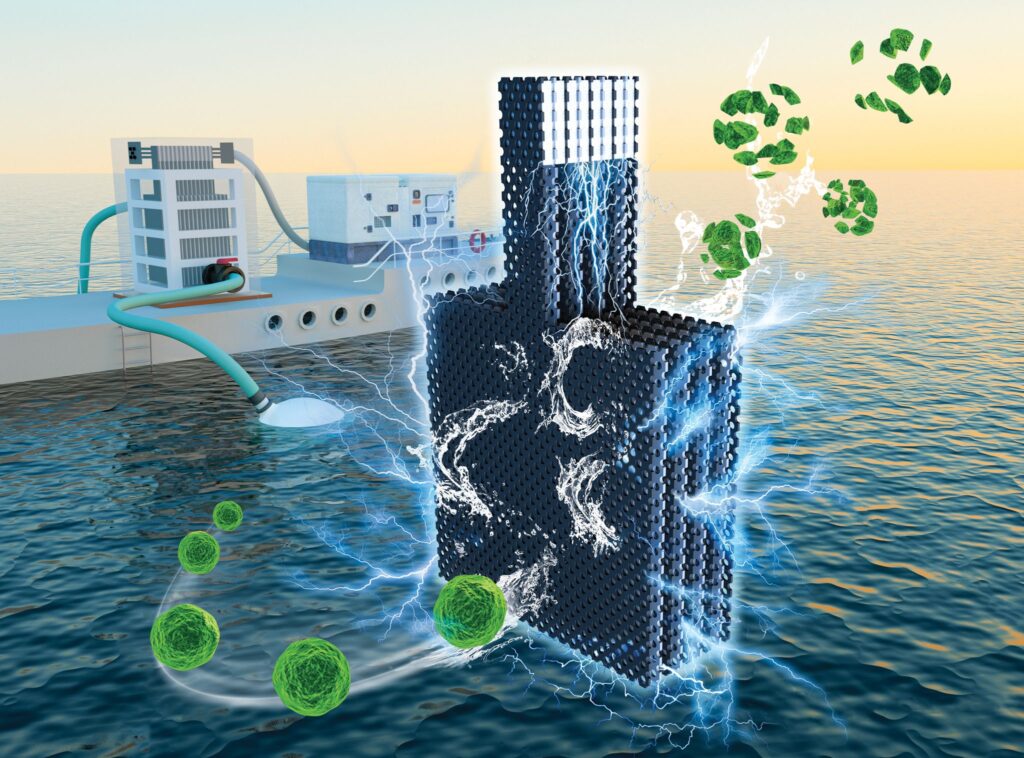A team of researchers at Clarkson University has conducted a successful field test of its innovative process to combat Harmful Algal Blooms (HABs).

The team, led by Assistant Professor of Civil and Environmental Engineering Yang Yang, in collaboration with Professor of Civil and Environmental Engineering and Co-Director of the Center of Excellence in Healthy Water Solutions Stefan Grimberg, Assistant Professor of Civil and Environmental Engineering Siwen Wang, and Professor Emeritus Michael Twiss, has developed a process called electrochemical ozonation.
This process has been scaled up to a pilot-scale boat-mounted reactor with a treatment capacity of approximately 500 m³/day and is capable of inactivating harmful algae and destroying cyanotoxins within minutes. Demonstrations of this system have been successfully conducted in Lake Neatahwanta and Oneida Lake in New York State.
The frequency and severity of HABs has been on the rise in New York State, and experts expect this trend to continue, according to Yang. Warmer water temperatures due to climate change coupled with nutrient pollution from agricultural runoff, wastewater, and stormwater, have created favorable conditions for these blooms, which can be harmful to both humans and animals.
Yang said some of the most affected bodies of water in New York include the Finger Lakes, Lake Champlain, Lake Erie, Chautauqua Lake, and Hyde Lake.
In the United States, cyanobacterial HABs were present for an average of seven days per year per waterbody in 2017. By 2090, this figure is projected to increase dramatically to 18 to 39 days per year per water body.
Graduate student Shasha Yang, currently a postdoctoral researcher at Yale University, served as the first author of the article. The project was supported by several agencies, including the New York State Department of Environmental Conservation, the Center of Excellence in Healthy Water Solutions, the Innovation Fund Manufacturing Grant, and the National Science Foundation-STTR program.
Significant contributions were also made by undergraduate and graduate students, with vital support from the Clarkson University Machine Shop, for design, assembling, and modifying the boat-mounted water treatment system.
This comprehensive study, which transitions from bench-scale research to field applications, was published in Environmental Science: Water Research & Technology and featured as a journal cover article, which can be found by clicking here.